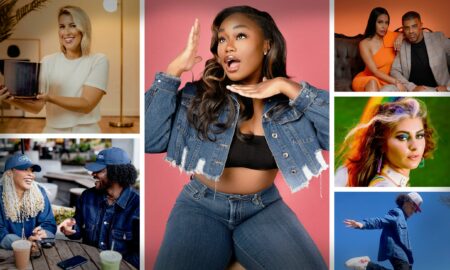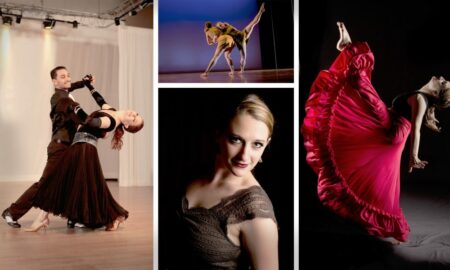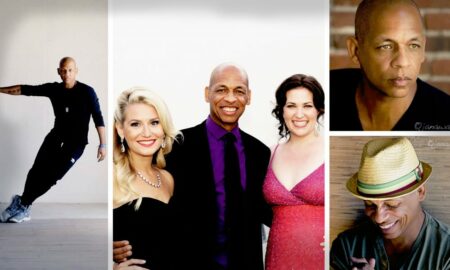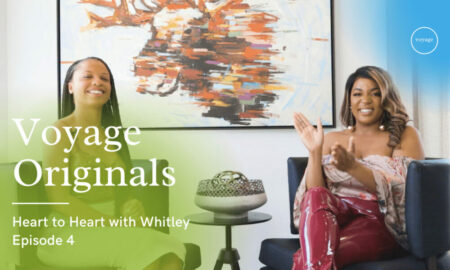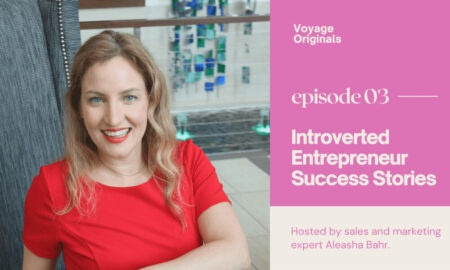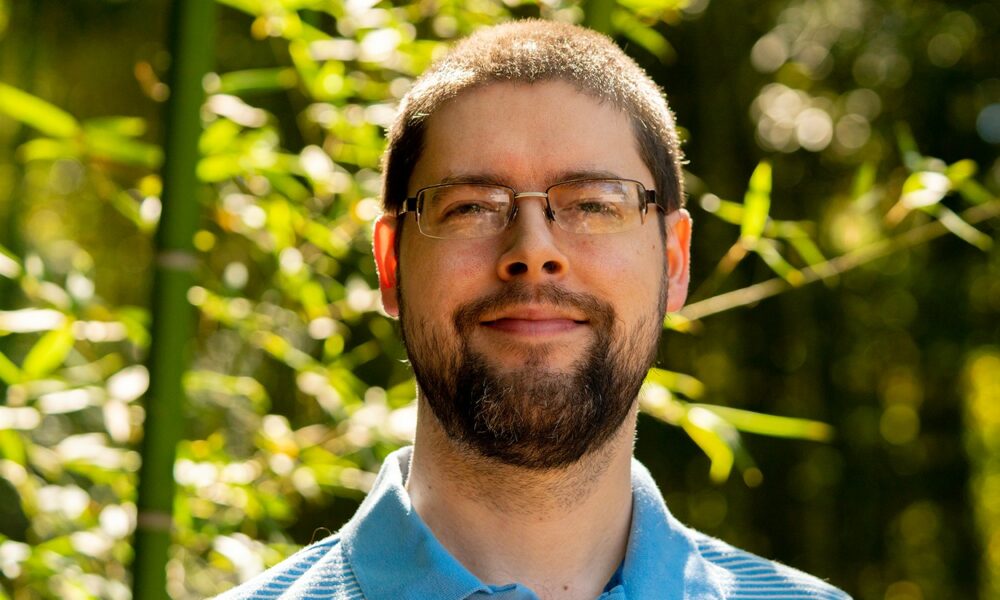

Today we’d like to introduce you to Justin Armstrong.
Hi Justin, we’re thrilled to have a chance to learn your story today. So, before we get into specifics, maybe you can briefly walk us through how you got to where you are today?
My name is Justin Armstrong. I currently live in the Greater Birmingham area but have strong ties to the Savannah and Atlanta campuses of Savannah College of Art & Design. I received my Bachelor’s and Master’s in Fine Art from SCAD (their acronym) while attending the university from September 2012 through March of 2020. Eight years in the academic sphere. I absolutely loved the academic experience and still miss it approaching four years removed. SCAD is extremely supportive of its alumni – a major, major deal in my oft roller coaster career path – and we work together frequently on projects for Atlanta or Savannah. I’m currently running a full-time studio practice with my eye on future art residencies for travel, experience, and some teaching opportunities.
Art is basically in my DNA. It started with drawing from the moment I could hold crayons, and each personal development from child to teenager to adult led to more sophisticated methods and mediums. I would draw anything that interested me. There were definitely some Bob Ross paintings made (it’s not as easy as Bob made it seem!) More often than not, I was working on portraiture referenced from magazines or characters from anime and video games.
Next life step: college! Attending SCAD to build a professional career in painting was life-changing. It demystified ‘the art world’ while also providing the art-historical knowledge and professional tools to pave my own path. My artwork has changed a lot over time, especially during college, and the education helped me sift through tendencies and interests to find what matters to me.
Would you say it’s been a smooth road, and if not what are some of the biggest challenges you’ve faced along the way?
No, not at all. Being a professional artist is a roller coaster ride of ups and downs. Even with the incredible support from my alma mater and family, uncertainty is pretty normal. 2020 was very difficult, and I graduated with my Master’s right as quarantines started. It took time learning to be comfortable being uncomfortable, which fortunately started in college via the bombardment of so much boundary-expanding information about art on a normal basis.
I’m a cerebral person and quite introverted. I overthink and overanalyze which can make it difficult to plan for and/or anticipate the future. It was big for me to embrace the whole known-unknown concept. Known-knowns are about controlling what you can control. Make lots of artwork, react to it, and make more. Read books and take notes. Keep a notebook nearby to jot down ideas, questions to yourself, and general thoughts – I have about 20 Moleskin notebooks full dating back to 2015. Reading some of them is a bit cringe-worthy. Make sketches and mock-ups of future artwork. Keep an eye out for call-for-arts and gallery opportunities. ‘When’ is a tricky unknown, especially if you aren’t proactive and have useful artistic habits. Ebbs and flows in sales, creativity, and momentum are a part of this career path. It’s important to maintain awareness that unexpected opportunities can arise as well as unexpected setbacks. Put yourself in a position for that ‘when’ to be less chaotic or devastating.
Fail as much as possible – try as many art methods and materials as you can – while learning from it as attentively as possible. Pay close attention when something moves you. I like the saying: you are what you are intentional about. Create opportunities for ‘soft’ failures that can help lead to eventual hard successes.
Thanks – so what else should our readers know about your work and what you’re currently focused on?
My art mainly juggles combinations of repetitive lines, square ‘pixel’ grids, intense colors, and holographic light to create paintings that seem digitally unreal or otherworldly. It’s a fascination of mine to make artwork that looks like it was edited in a program like Photoshop simply from being photographed. Digital glitches and pixelation are a huge influence for me as someone who has spent way too many hours in front of TVs and handheld video games. I’ve never liked when foods are mixed on my plate – mac n’ cheese, mashed potatoes, green beans, etc. – and for some reason, I seek that same sharp division within compositions in my art. It feels right, and it has worked well to give every part of the art its shine.
I am nearsighted, so perception has always been a part of my life. If I take off my glasses, the world looks somewhat Impressionistic, and that has always made me interested in strange and peculiar perceptual encounters like the colors of motor oil floating on water, summer heat blurring the surface of cars, the strange visual buzz of repetitive lines, Magic Eye autostereogram books from the 90s, holographic Pokémon cards, bombastic Lisa Frank 90s artwork, and many others.
It’s fun and fulfilling making artwork that is as visually loud as possible and almost impossible to ignore once in the room with it. I’m compelled to operate at the edge of what’s available in terms of commercial paint color intensity and have a growing connection with acrylic paint in particular. It can look like fresh Mountain Dew or three-year-old Play-Doh. These particular extremes are personal. I can quickly go from seeing quite well to strictly seeing blurs of values and colors. Seeing is a privilege, and I find purpose in my natural and assisted visual capabilities.
How do you define success?
It’s pretty defined, but the timing of some of the components are undetermined. Success for me would involve having a long artmaking career, highlighted by consistent studio practice, some teaching opportunities met, and my work eventually warranting museum inclusion. There’s a part of me that wants to teach, and ignoring that eats at me a bit on occasion.
Contact Info:
- Website: Justinarmstrong.net
- Instagram: https://www.instagram.com/justinarmstrong.artist?igsh=MTYycHNjYTB6ZXpxdA%3D%3D&utm_source=qr
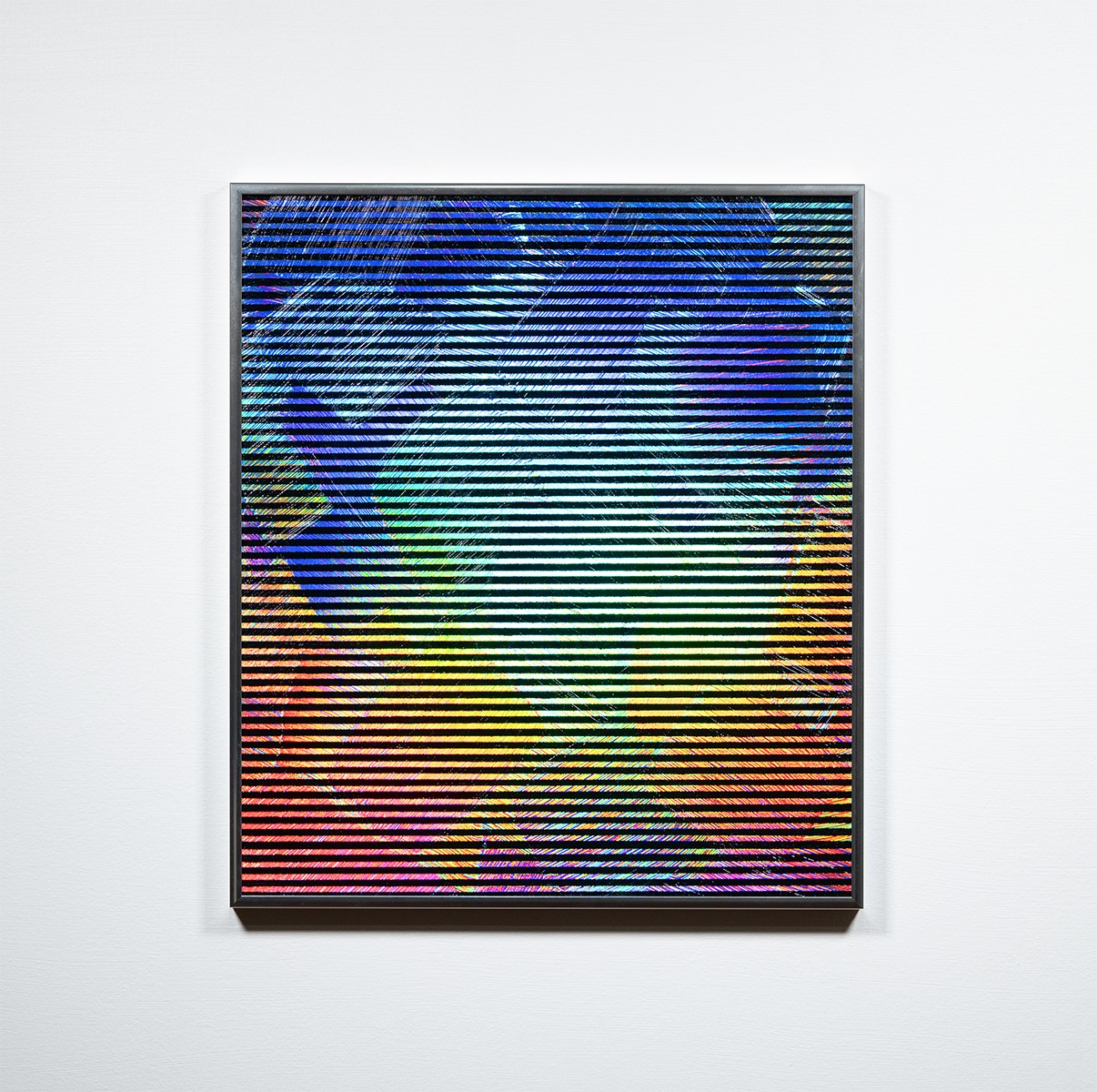
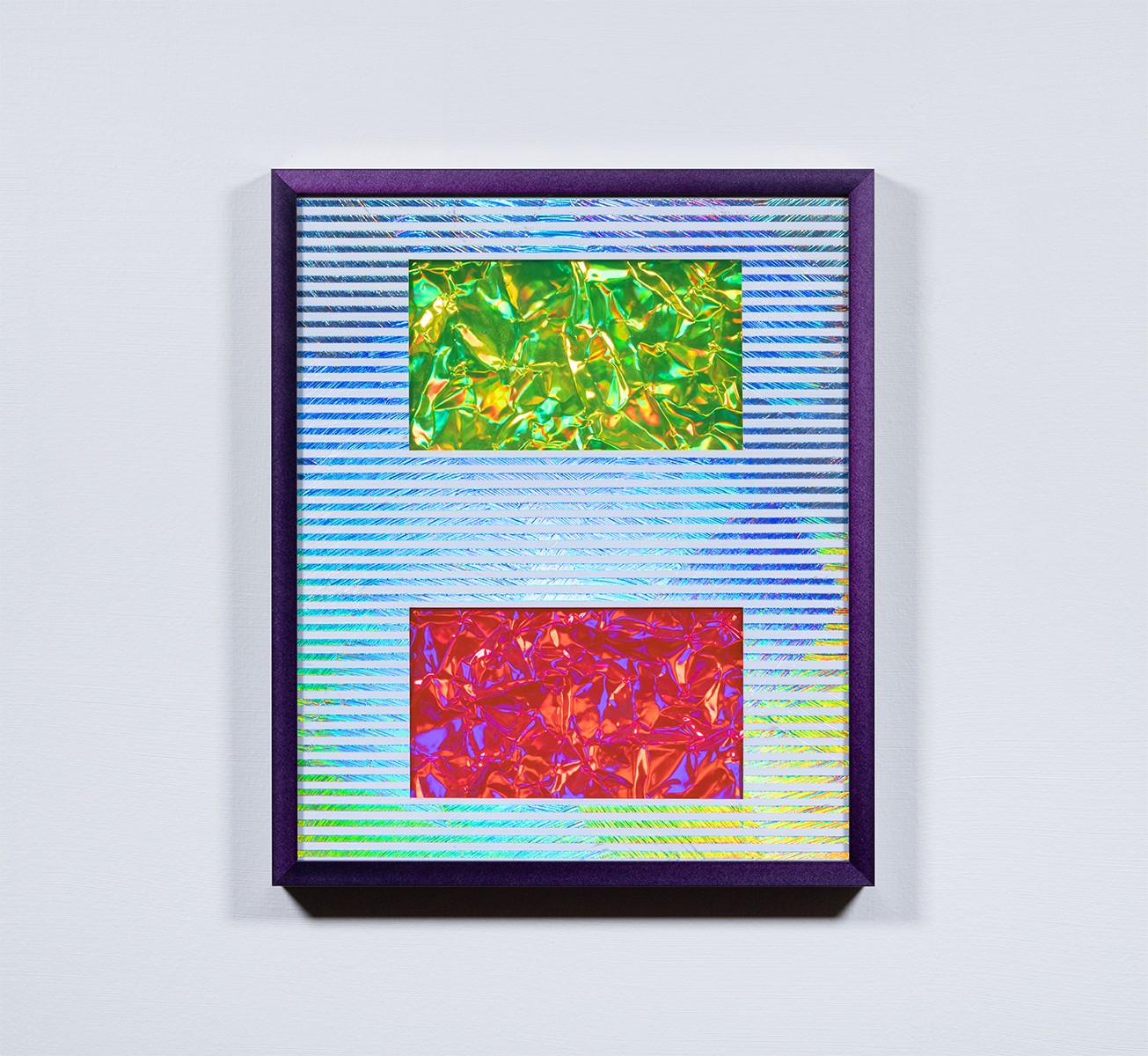
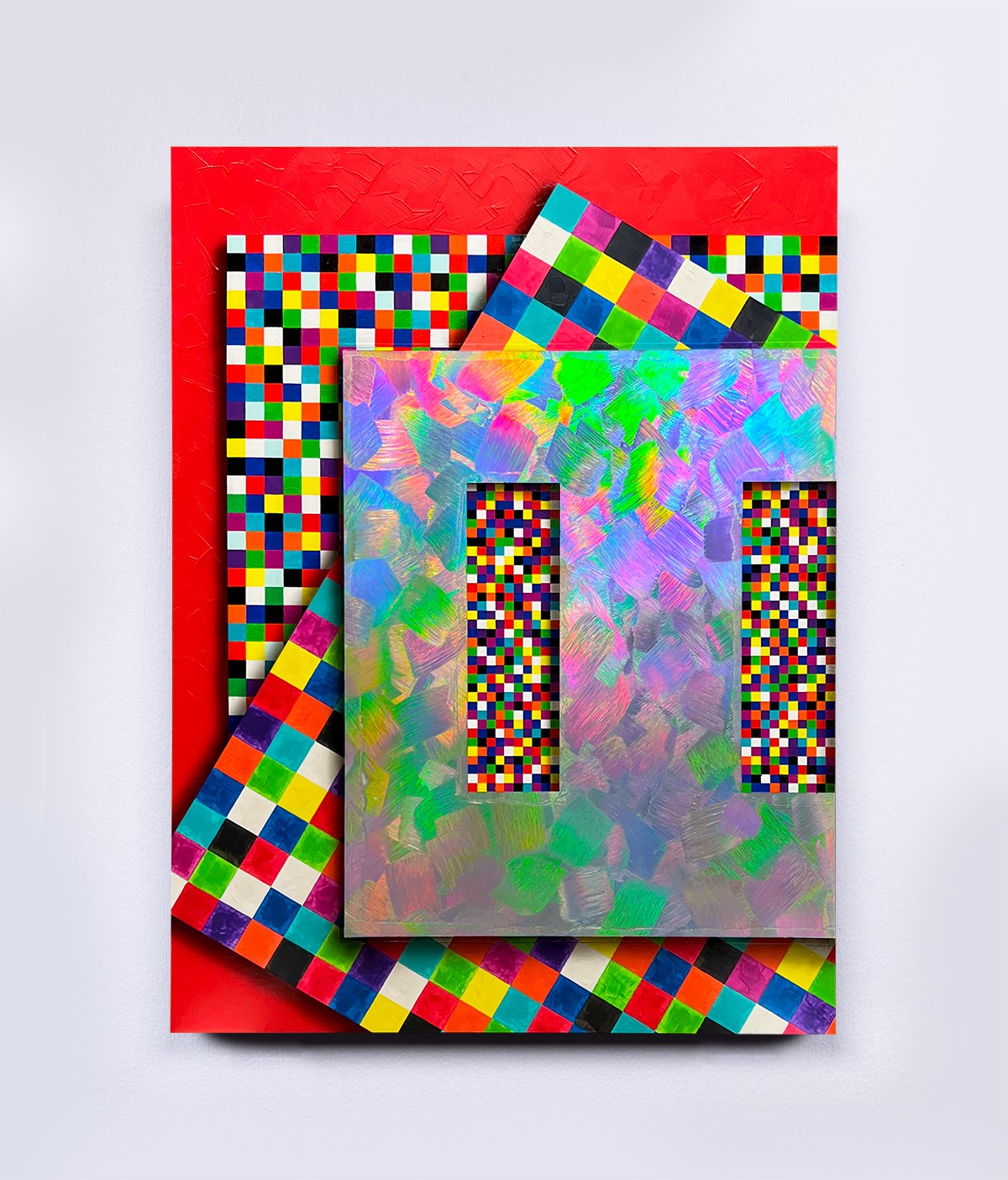
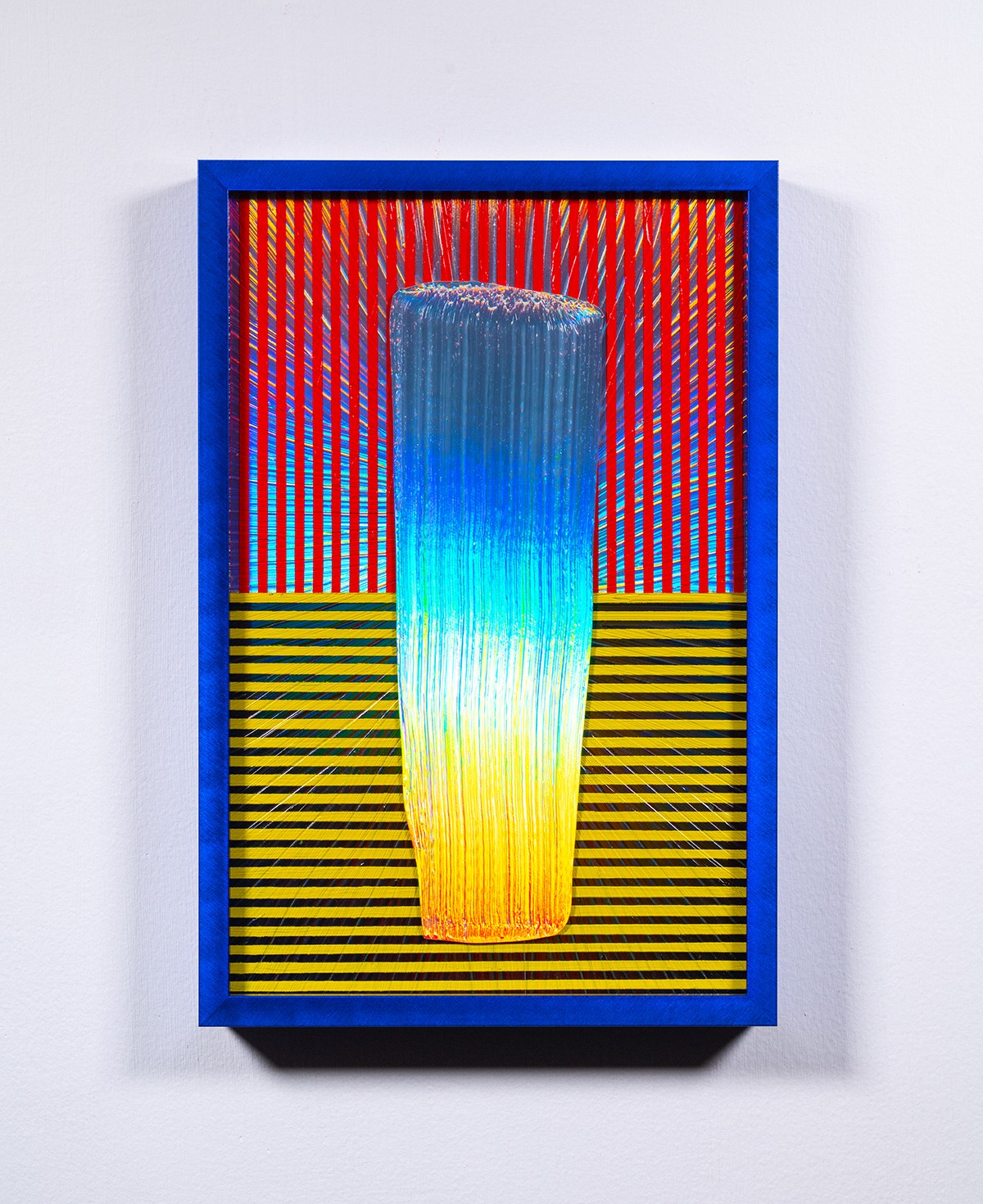
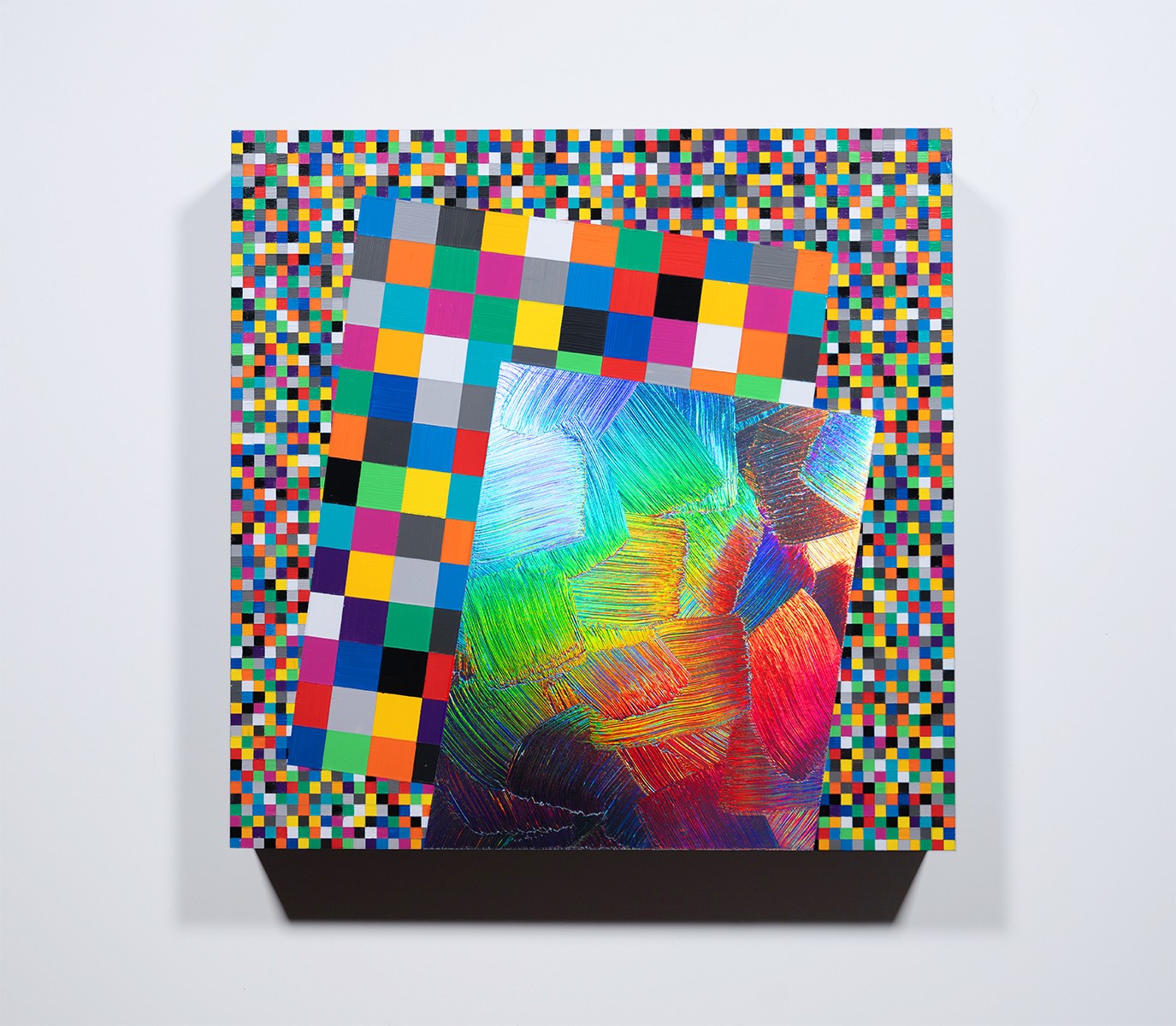
![]()
![]()
![]()

